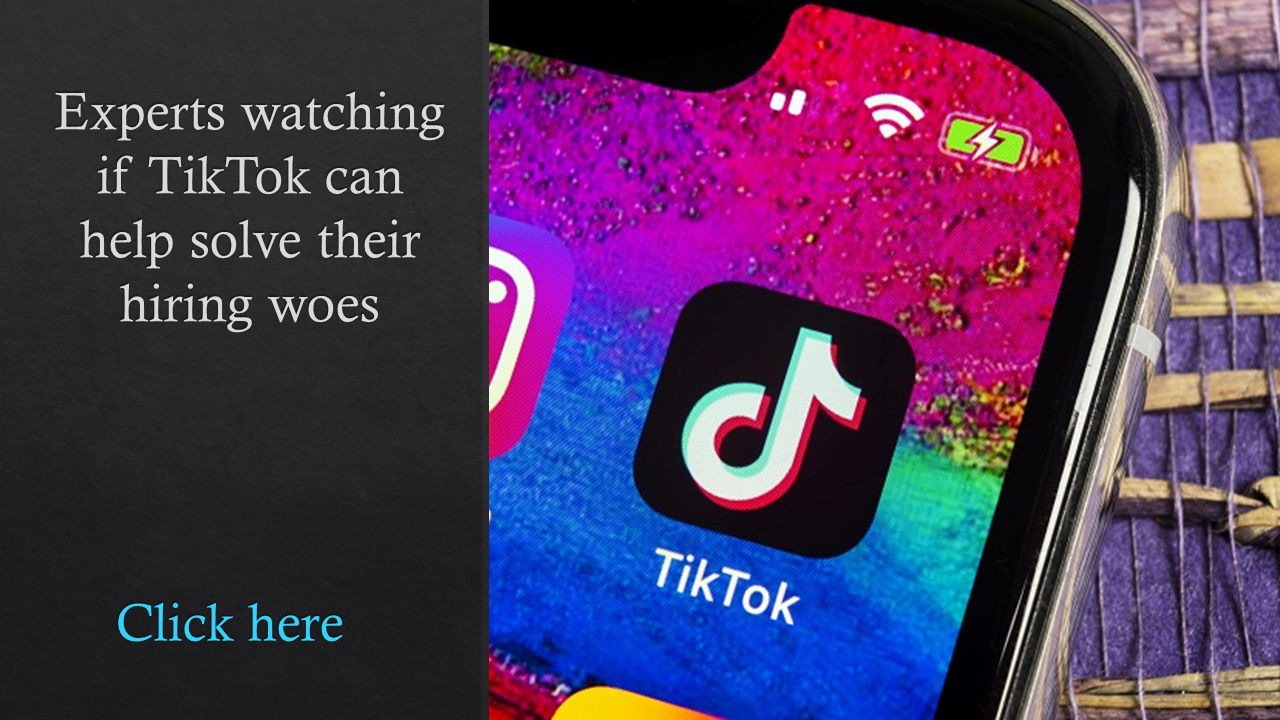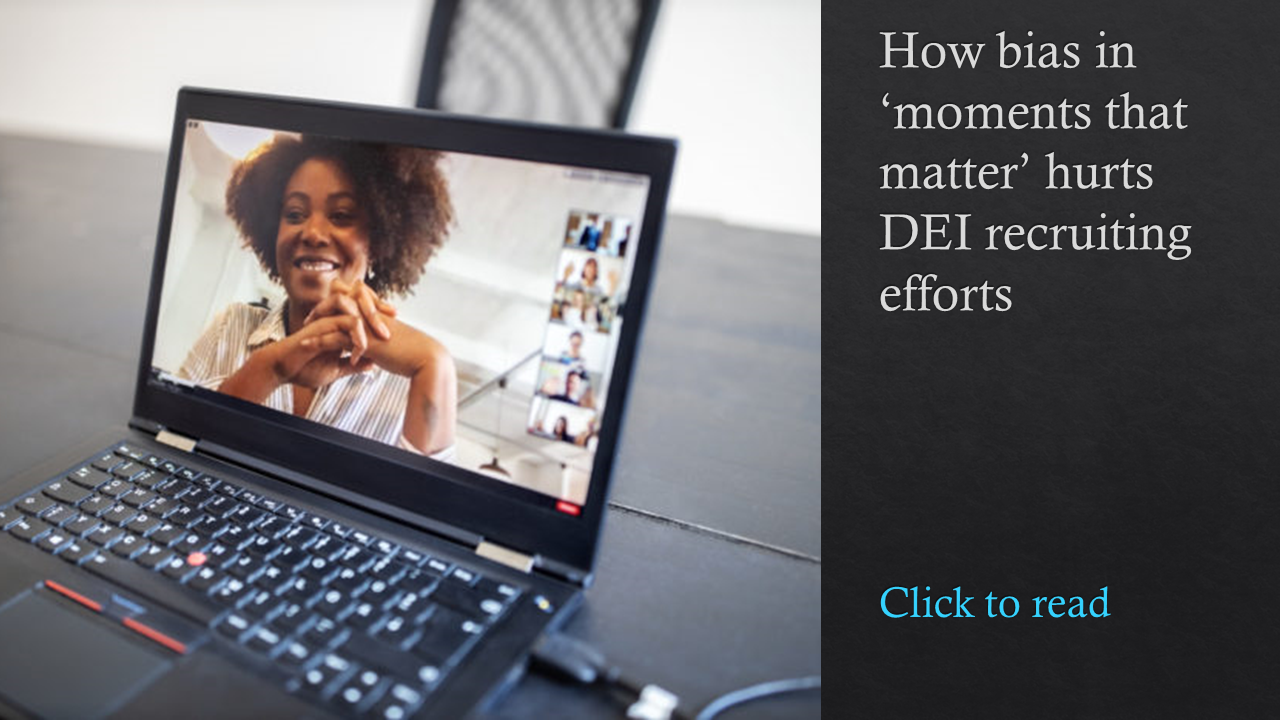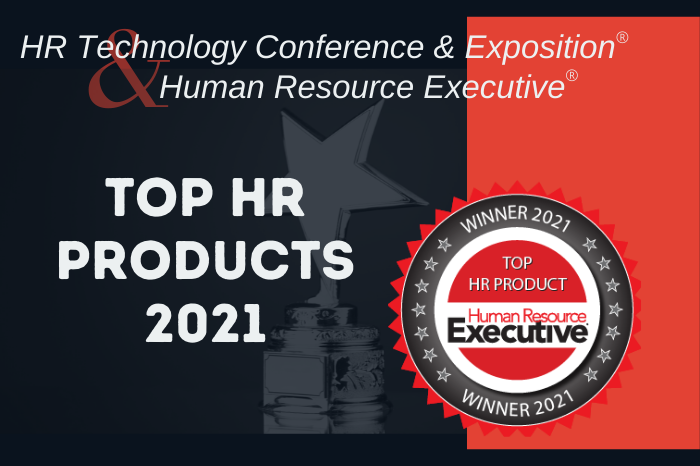Talent acquisition is facing new challenges in the age of the Great Resignation as scores of workers leave their jobs. In a Wednesday HR Tech Conference session titled “The State of Talent Acquisition Technology: The ATS Is Not Enough,” Madeline Laurano, founder of Aptitude Research, said the talent acquisition market is rapidly growing and adapting to the new reality.
As employers step up their hiring efforts, Laurano offered five trends HR leaders need to be aware of in the talent acquisition space.
Trend 1: CRM recruitment marketing
Companies are now thinking about customer relationship management databases as a way to manage talent, create campaigns, manage talent pipelines and interact with career sites.
CRMs remain expensive, though. “If you have invested in a CRM, this is not a small purchase. It’s a big investment for organizations,” she said.
There is also a lack of resources. “Sixty present of companies do not have enough resources on their talent acquisition team to support many of the recruitment marketing efforts,” she said.
 “We found 16% of organizations have a dedicated role for recruitment marketing manager. It’s pretty shocking when you look at the marketing function within an organization and you see these different roles within the marketing function and yet we still don’t have this dedicated role for recruitment marketing professional on most TA teams,” she said.
“We found 16% of organizations have a dedicated role for recruitment marketing manager. It’s pretty shocking when you look at the marketing function within an organization and you see these different roles within the marketing function and yet we still don’t have this dedicated role for recruitment marketing professional on most TA teams,” she said.
Related: Sign up here to receive HRE’s newsletters
Trend 2: AI matching
Artificial intelligence matching has grown in popularity in the past year as organizations deal with a deluge of job applications. That’s because recruiters simply do not have time to go through each resume and application and think about who would be the best fit for a job.
AI matching, though, can be a confusing area because companies tend to view it only from an efficiency standpoint. “They often don’t think about the ethical AI implications, to [ask if] these solutions are ethical in the way they think about candidate consent, understand how they’re using this data and whether they follow standards set in the industry,” she said.
Laurano urged companies to think beyond efficiency and how the technology will be ultimately used. “If you’re interested in AI matching, [I encourage you] to not only think about the different providers out there, but also what your goal is and how you’re going to ensure that the providers use this technology to make sure that it’s fair and equitable.”
Trend 3: Conversational AI
Conversational AI is taking off. Last year, Laurano found that 7% of companies were using or expressed interest in conversational AI, but this year that number rose to over 40%.
Conversational AI was once used for screening applicants and helping them though the application process. Now, Laurano is seeing conversational AI used for interviewing and new hire onboarding. “If somebody doesn’t know if they should bring lunch to the first day of work, or if they’re going to get their parking pass, that feels like an embarrassing question to ask your new manager,” she said. “Conversational AI can [help with] this.”
There’s a big difference between a chatbot and conversational AI, warned Laurano. A chatbot typically answers frequently asked questions that have been loaded by the user. “If the candidate asks a question that’s not part of a loaded FAQ, they’re not going to get their answer, and they’re going to get pushed off to a recruiter or to nobody at all,” Laurano said.
Trend 4: Programmatic job advertising
Companies are increasing their investment in programmatic job advertising at a very rapid rate, and it is transforming how they look at advertising, she said. Once a company uses programmatic job advertising, they never go back. “It really automates and streamlines all of the advertising functions,” she said, including negotiating with different job listing publishers.
Along with reducing their spending in advertising, HR leaders often see a better recruiter experience by using programmatic job advertising. “We’re certainly expecting to see more companies use it as awareness [grows] for this trend. Anyone that’s in a large marketing department uses programmatic in some way,” she said.
Trend 5: Internal mobility
Although the internal marketplace has been a hot topic, organizations are just starting to wake up to automating hiring with candidates inside their current workplace. Laurano found that 15% of companies are using or planning to use internal mobility capabilities this year.
Applicant tracking systems can help with employee retention by determining if an employee does not feel they’re being recognized or making a contribution to the workforce.
“The challenge for a lot of companies is that internal mobility has been done in a very traditional way where companies would post a job internally and wait for an employee to find that job,” she said.
One company told Laurano that when an internal candidate does not get the job, 68% of them left the organization.
“That could be somebody that perhaps isn’t happy in their job. If they liked their job, they saw this posting and thought they’d apply to try something new,” she said. “If they don’t get it, they feel insulted and they leave the organization.”






